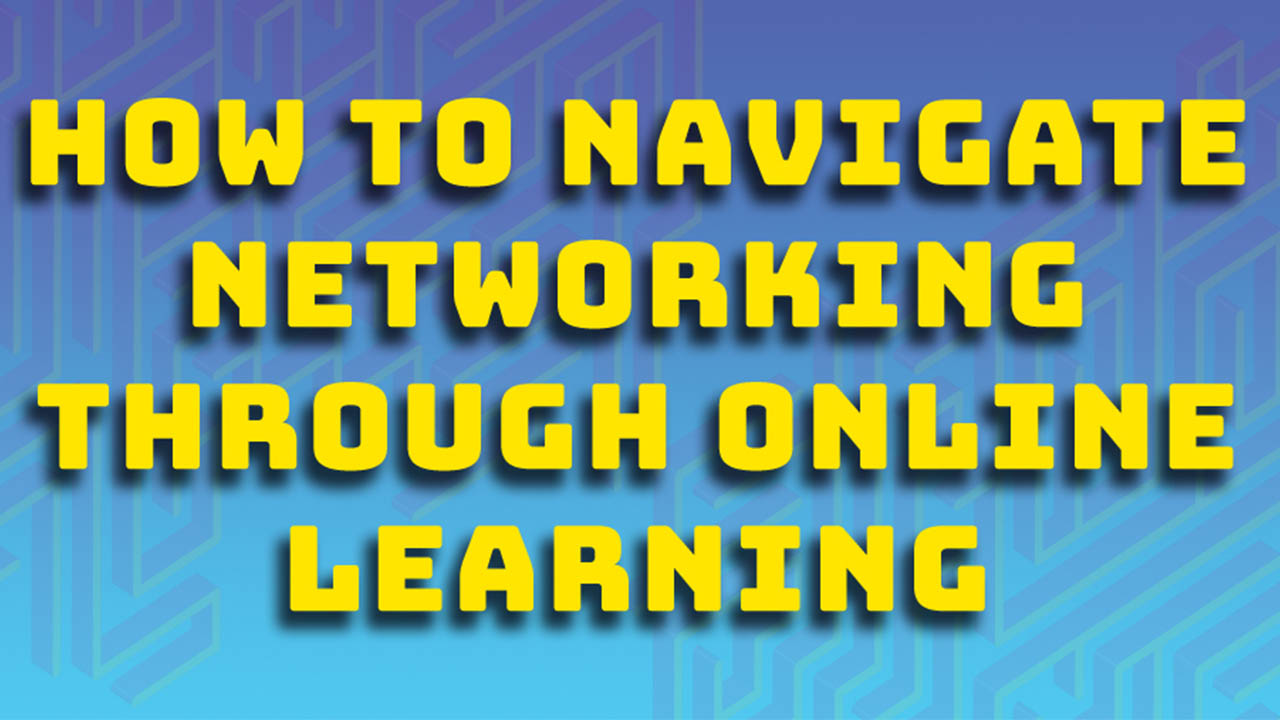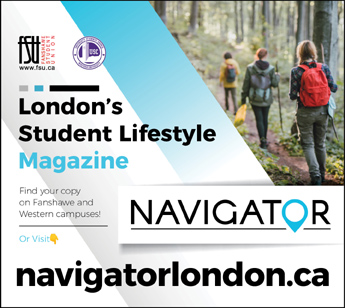How to navigate networking through online learning

Students are entering arguably the most unstable job market in their lifetime with not much help from, frankly, anyone. And with graduation around the corner, some anticipate a sense of relief while for many others, it will be a cause of grief.
Now of course this is the part where I mention we are living through unprecedented times and no one could have foreseen this yada yada yada, but I am tired of that excuse.
Instead, I implore any student reading this to take the time to build your own understanding of learning while in this bamboozlement of a school year. Although understanding how one learns is no easy feat, what better time than now to try when online learning is our only option.
In our COVID-19-stricken digital era, online learning simplified how we contact one another but with restrictions limiting the ability to connect in person, how is one to build a professional relationship online? In a world where your network is your net worth, it’s a question that needs answers.
Here are seven tips to help network and build relationships through online learning.
1. TURN ON YOUR CAMERA
Whether in class or listening to a guest lecturer, being seen in a sea of black squares can make a lasting impression. Not everyone is a talker and that is okay but hiding your face is only going to make it easier to forget your name.
Ensure you have enough light in the room to see your facial expressions as they are a means of nonverbal communication. This nonverbal communication is perfect for those who prefer to mute their microphone but still want to participate.
2. BE PRESENTABLE
I don’t subscribe to the idea that everyone must dress to impress but some effort does go a long way. I am talking about the basics: wash your face, brush your hair, and try to avoid stained clothes. A good rule of thumb — if you wouldn’t wear it in front of the person don’t wear it on camera.
Ensure the space you are in is also presentable. There should not be an expectation that you have a picture-worthy background however it is the small details people tend to remember. If you prefer to keep your space private, most video conferencing systems allow you to insert your own background.
3. BE PRESENT
A benefit to being away from the classroom is that you can build your own, so get creative! The idea is to create the right ambiance around you so you can feel present in the conversation and not as though you are watching a video.
Grab your coffee or tea as if you were in class and be prepared to engage even if that’s just eye contact.
4. ASK/ANSWER QUESTIONS!
Engagement is the name of the game and that isn’t just for social media. Nothing is worse than asking a question and seeing silence, it’s awkward for everyone.
It’s important to engage throughout the conversation in hopes of being remembered by not only the professors and guest lecturers but your peers as well. Peer to peer networking is an important component in the foundation of anyone’s network.
As mentioned before, you don’t have to use your microphone but instead can participate through typing. A downside to this however is the difficulty to convey tone of voice which can make or break any first impression.
5. FOLLOW UP
Most guest lecturers and professionals encourage you to reach out via email if you have questions pertaining to their expertise. Do not waste this opportunity.
I repeat, DO NOT WASTE THIS OPPORTUNITY!
Of course, there are those that encourage you to contact them with no intention of actually helping but there are those that stay true to their word, so it never hurts to try!
Never send an email for the sake of sending an email, it’s a waste of everyone’s time. A follow-up email is best after an especially impactful class or guest lecture and can help bridge a connection. If you have nothing of note to say now, save the email for later.
Whenever you do decide to email, be clear, concise, and succinct. Be sure to remind yourself that no one owes you a response.
6. SEEK OUT OTHER RESOURCES
If there is a guest lecturer, professor or even peer that you would like to professionally get to know, seek out other resources outside of the classroom to engage. This could be participation in forums, webinars, discussion groups etc. First contact however should be in a classroom type setting unless you have a pre-established relationship — not everyone likes to meet via social media first.
I find it easiest to simply ask where you can find more of their work, it establishes a more personalized interest.
7. SHOW PERSONALITY
With the fast-paced nature of the digital world, it’s seemingly effortless to ignore people. It is therefore important to put your best foot forward wherever, whenever because you never know who is watching. Online learning is no different.
Everyone loves authenticity both in social media and real life, which is why it’s a key component in successful networking.
Are you funny? Thoughtful? Inquisitive? Ask yourself what quality traits people typically associate with you and learn how to incorporate that into your daily communication.
To be yourself is the right self to be, but the translation will be situationally dependent. I say that to mean, always be yourself but learn how to present that in variety of ways.

















